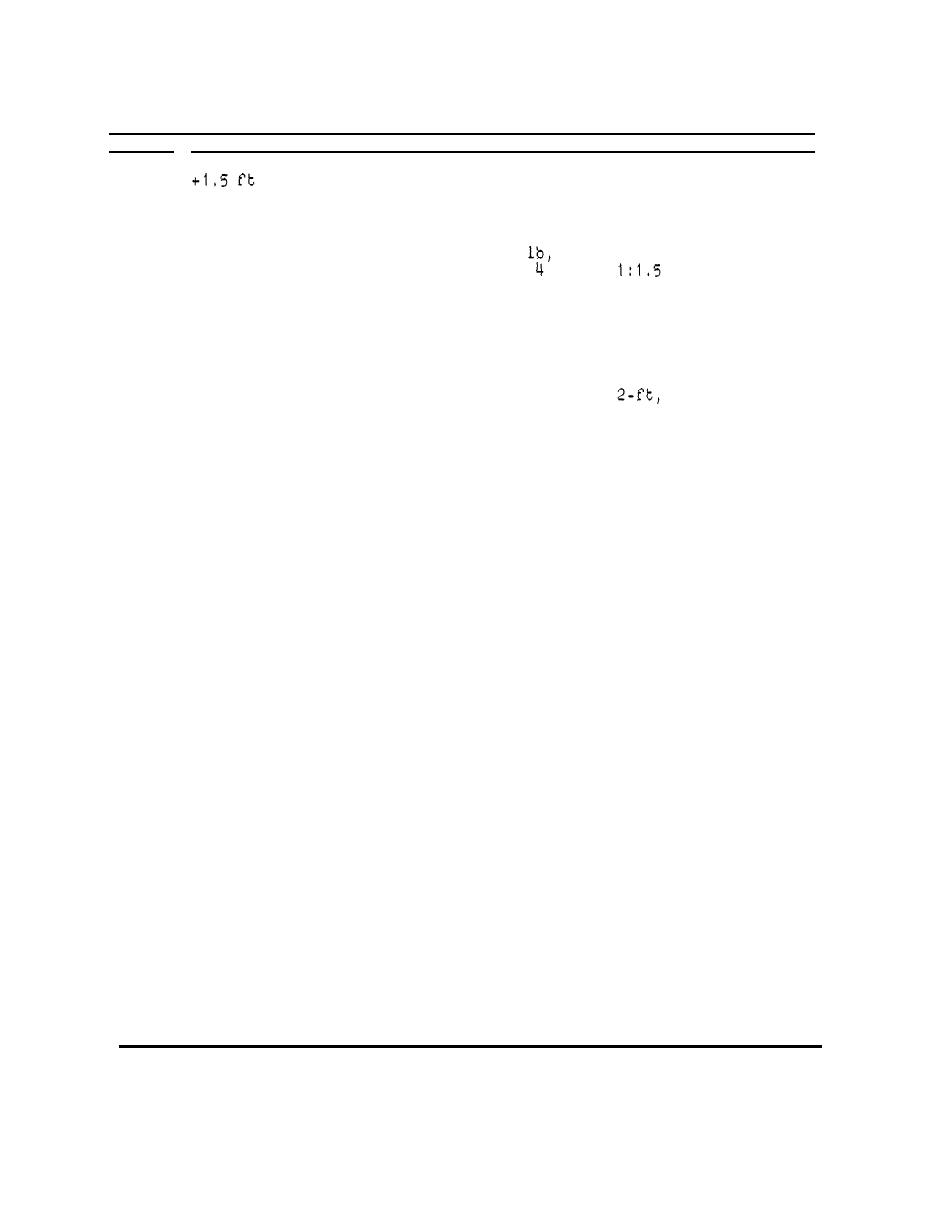
Table 8 (Concluded)
Date( s )
Construction and Rehabilitation History
mllw, and a layer of quarry rock with 50 percent weight of 1
5
to 500 lb. The quarry rock was covered with a 2-ft-thick layer of
armor rock on the crest, channel side, and around the ends, and a
1.5-ft-thick layer of armor rock on the basin side. The armor rock
had a 50 percent weight of 40 to 500
with a maximum of 1 0 0 lb.
,0
The rubble mound had a crest width of ft and
side slopes.
The rubble mound was placed after the steel pilings were driven to
24-ft penetration. The pilings were driven on 6-ft centers and
covered with 3- by 12-in. creosote-treated planks. The planks re-
quired a 2-in. thickness to prevent damage from wave action, but
3-in, thickness was used to prevent damage from boats. The maximum
expected wind-generated wave was 1 7 ft, the maximum expected boat
.
wake was 2 ft; therefore the design wave was a
nonbreaking,
short-period wave. The breakwater required 30,450 cu yd of rock and
8,820 linear ft of steel piles. Breakwater cross sections are shown
in Figure 21.
1985
the harbor is presented in Figure 23. There have been no reports of
needed repairs or rehabilitation since 1973.
65



 Previous Page
Previous Page
